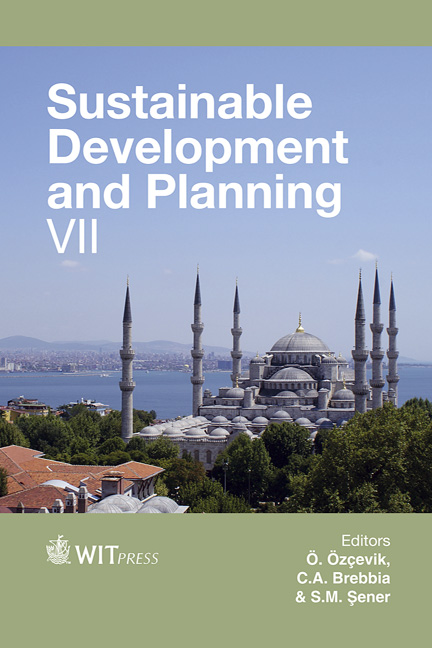The Impact Of Information Technology On Open Urban Space: The Case Study Of Taksim Square
Price
Free (open access)
Transaction
Volume
193
Pages
12
Page Range
239 - 250
Published
2015
Size
345 kb
Paper DOI
10.2495/SDP150201
Copyright
WIT Press
Author(s)
B. Souici
Abstract
For centuries, city centres have provided liveability for much of urban life: shopping, civic activities, leisure, or simply for meeting and mixing. Today, city centers face real challenges; they must respond to the changing needs and demands of modern-day living; squares need to prosper in order to survive. They must compete effectively with the advances in the means of technological communication. They have always faced a degree of competition throughout their historical past, but in the last ten years the competition has increased markedly. Each square has a distinctive shape and personality. That is what makes them so rewarding to experience and so difficult to create. Vintage squares remind us of an era when good design was instinctive, and cities had a rich street life. People have always enjoyed coming together; even though this task can be accomplished by means of virtual space, the need for verbal and physical contact remains primordial and necessary. Networks, deliver information whenever and wherever people desire and allow to perform many activities without moving in the space; banking, bill-paying, shopping. Gathering places are no longer attractive; public life seems to be slipping away along with public open spaces. Dematerialization, decentralization and demobilization are factors which result from information technology use. A new urban strategy has to be implemented, and new directions have to be designed for the vitality of future urban open spaces. This new social tendency generates strategic urban relationships, processes and patterns that will form and maybe reshape public open space and its surroundings.
Keywords
urban open space, Taksim square, information technology, urban space motion





